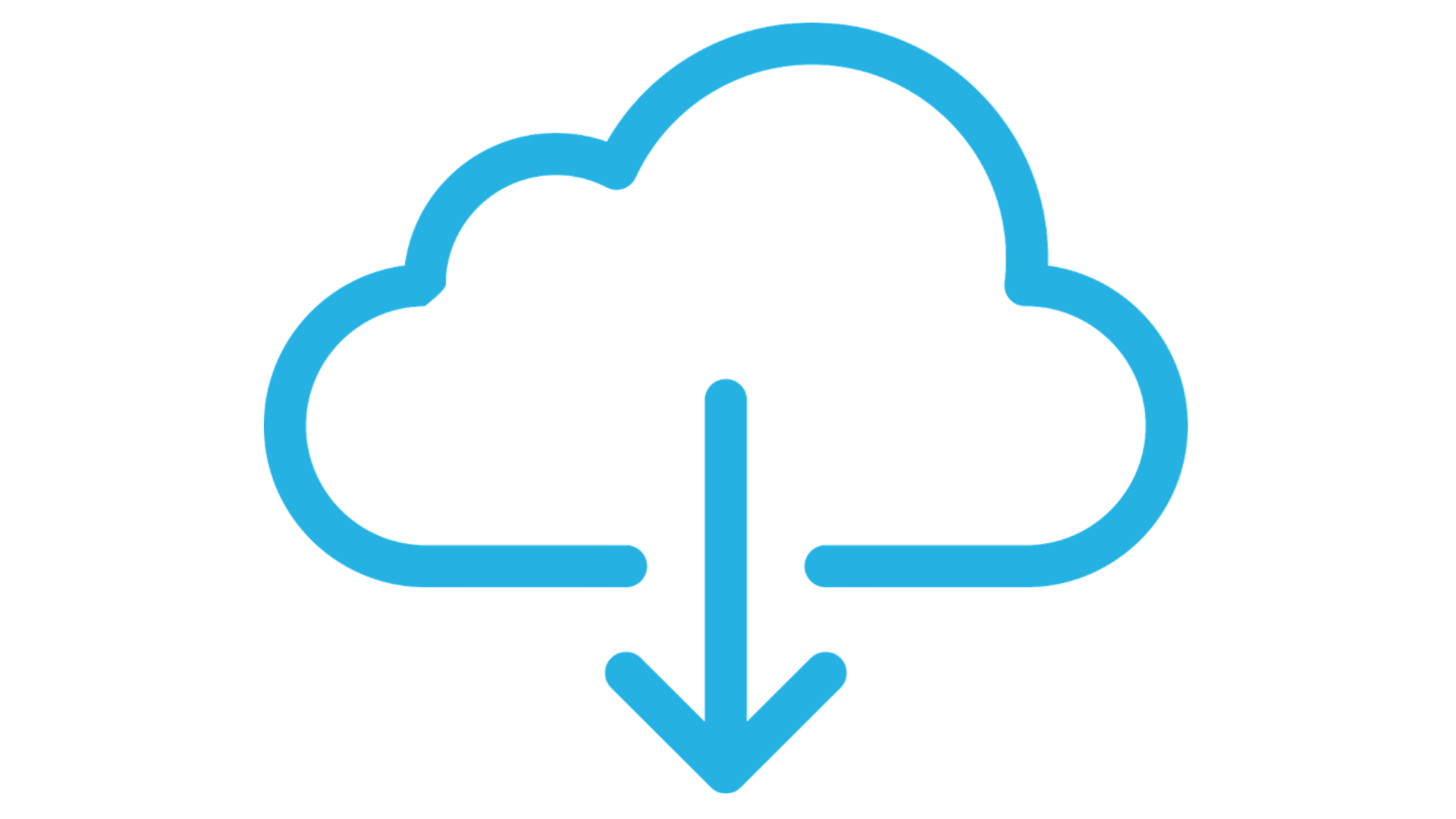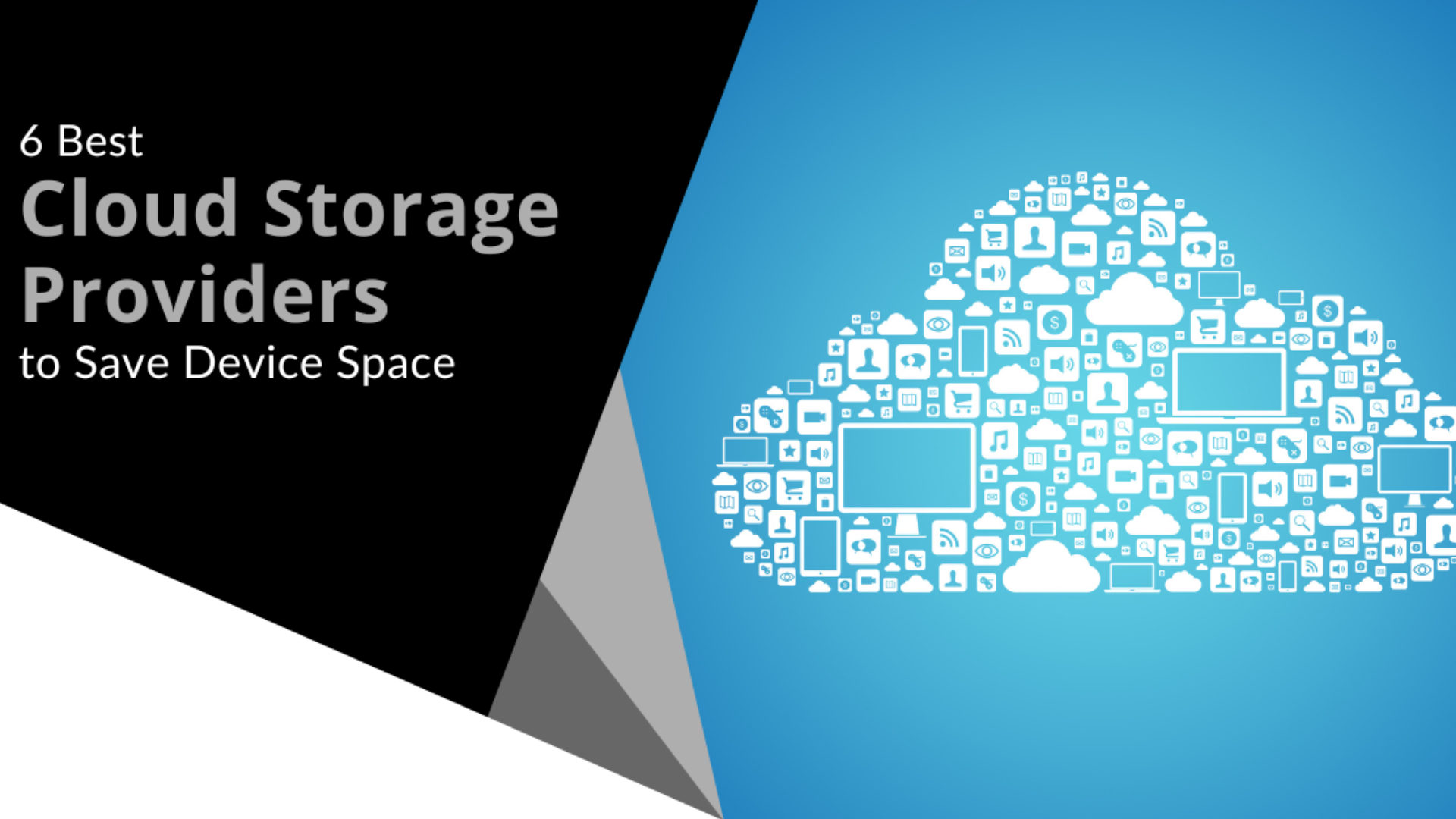How to Choose the Right Cloud Storage for Your Small Business
Choosing the right cloud storage solution can feel a bit like being at an all-you-can-eat buffet with endless options—so many choices, each claiming...
Device storage refers to the space available on your phone, tablet, or computer to store data such as apps, photos, videos, and documents. As your storage fills up, it can limit your ability to save new files, impacting your device’s performance and your productivity. You might even need to consider purchasing additional storage or upgrading your device if you run out of space.
There are two main types of storage to consider:
Different devices offer various storage options. Here are some common storage capacities:
Choosing the right amount of storage can be tricky. It largely depends on how you use your device. Some people may overestimate their needs, while others might underestimate them. Here’s a breakdown of how much storage different users typically need:
If you mainly browse the web, check emails, and use simple apps, 64GB should suffice. This amount of storage can comfortably handle:
For those who take lots of photos, download apps, and store videos, 128GB to 256GB is a good range. This will cover:
If you’re into video editing, have large game libraries, or manage huge photo collections, 256GB to 512GB may be ideal. This will accommodate:
Certain professions require even more storage. 1TB or more is often necessary for:
To avoid running out of space, consider these tips for better storage management:
Certain types of content consume more storage than others. Here are the top culprits:
If you’re running out of space, don’t panic. Here are a few solutions:
When purchasing a new device, it’s essential to think about how much storage you’ll need. Consider factors like how many photos and videos you take, how many apps you download, and whether you work with large files. It’s always better to choose a device with a bit more storage than you think you’ll need. Over time, your needs may increase, and having extra space will prevent you from running out of storage too soon.
Now that you have a better understanding of device storage, you can confidently choose the right amount for your next purchase. If you need help deciding what’s best for you, feel free to reach out to us—we’re here to assist you in finding the perfect device with the right storage.
Newport Solutions has been helping small businesses in Orange County, CA for almost 20 years. Our dedicated team provides comprehensive IT services, ensuring your business operates smoothly and efficiently. From IT support to cybersecurity, we've got you covered. Discover how we can become your business's IT department today.
We proudly serve the following areas: Newport Beach, Irvine, Costa Mesa, and the greater Orange County region.

Choosing the right cloud storage solution can feel a bit like being at an all-you-can-eat buffet with endless options—so many choices, each claiming...

Cloud storage has become essential for individuals and organizations alike. It enables convenient, on-demand access to files from any location with...

Whether you're capturing stunning sunsets in Laguna Beach, snapping pictures of your family in Irvine, or keeping track of work documents in Costa...